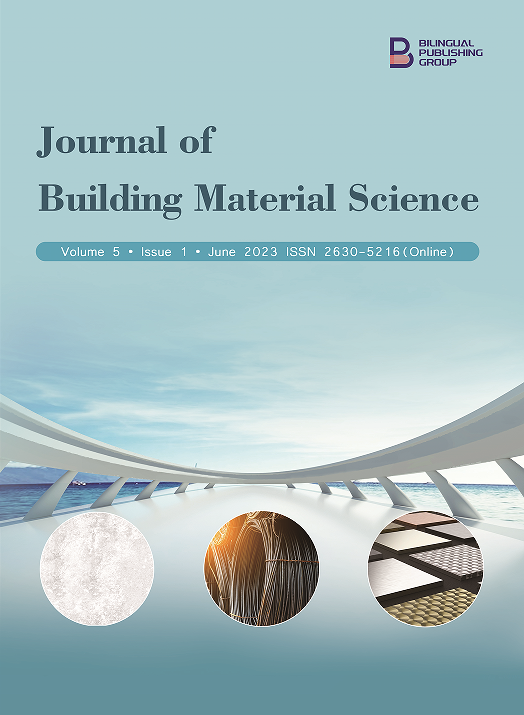
Novel Proposal of Bio-based Sewing Timber Joint: Learning from Diatoms
DOI:
https://doi.org/10.30564/jbms.v5i1.5299Abstract
The twenty-first century is one of the most complex in the history of humanity, mainly due to the ecological crisis it is going through. The construction sector generates about 40% of CO2 emissions into the environment; the foregoing should motivate this sector to seek new alternatives to develop new building practices. Taking these current needs into account, this document classifies and presents a multidisciplinary solution that integrates biology, engineering and architecture to develop a new and innovative lightweight timber structure; it divides with a main structure made of timber and an innovative joint system made of bio-polymers connecting all the panels. Through the study of diatoms, it was able to analyze the bio-morphology of the structure, joints and in particular the geometry since they were the inspiration for the design of this structure that presents an innovative and novel design of structural optimization. Through parametric design and digital fabrication, it was able to create a complex geometry that obtains excellent structural behavior. This research discusses and explores how materials, geometry led to the optimization of a structure and how new structures can arise, thanks to biology new solutions can be obtained that are completely sustainable, being a clear example of how to combat the effects of the climate change and in a precise way it highlights the advantages of the bio-design in the architectural design.
Keywords:
Diatoms; Timber joinery; Computational method; Topology optimization; Biomimetics; Bio-inspired; Lightweight structureReferences
[1] Ellers, O., 1993. A mechanical model of growth in regular sea urchins: Predictions of shape and a developmental morphospace. Proceedings of the Royal Society London. 255(1340), 123–129.
[2] Knippers, J., Menges, A., Bechert, S., 2016. Textile fabrication techniques for timber shells. Advances in Architectural Geometry 2016. vdf Hochschulverlag AG an der ETH Zürich: Switzerland. pp. 154–169.
[3] Thomas, D., 2017. Masters of the structural aesthetic, 1st edition. Springer: Singapore.
[4] Wester, T., 2002. Nature teaching structures. International Journal of Space Structures. 17(2–3), 135–147.
[5] Menges, A., 2009. Performative Wood: Integral Computational Design for Timber Construction [Internet]. Available from: https://papers.cumincad.org/data/works/att/acadia09_66.content.pdf
[6] Schimek, H., Ruffo-Calderon, E., Wiltsche, A. (editors), et al., 2012. Sewing timber panels. An innovative digitally supported joint system for self-supported timber plate structures. Beyond Codes and Pixels: Proceedings of the 17th International Conference on Computer-Aided Architectural Design Research in Asia; Hong Kong. p. 213–222.
[7] Li, J., Knippers, J. (editors), 2015. Pattern and form-their influence on segmental plate shell. Proceedings of IASS Annual Symposia, IASS 2015 Amsterdam Symposium: Future Visions—Timber Spatial Structures; 2015 Aug 20; Amsterdam, Netherlands. USA: International Association for Shell and Spatial Structures (IASS). p. 1–12.
[8] Knippers, J., Menges, A., Gabler, M., et al., 2013. From nature to fabrication: Biomimetic design principles for the production of complex spatial structures. Advances in Architectural Geometry. Springer: Wien. pp. 107–122.
Downloads
How to Cite
Issue
Article Type
License
Copyright © 2023 Mauricio Díaz Valdés,Melisa Gálvez Bohórquez

This is an open access article under the Creative Commons Attribution-NonCommercial 4.0 International (CC BY-NC 4.0) License.







 Mauricio Díaz Valdés
Mauricio Díaz Valdés





